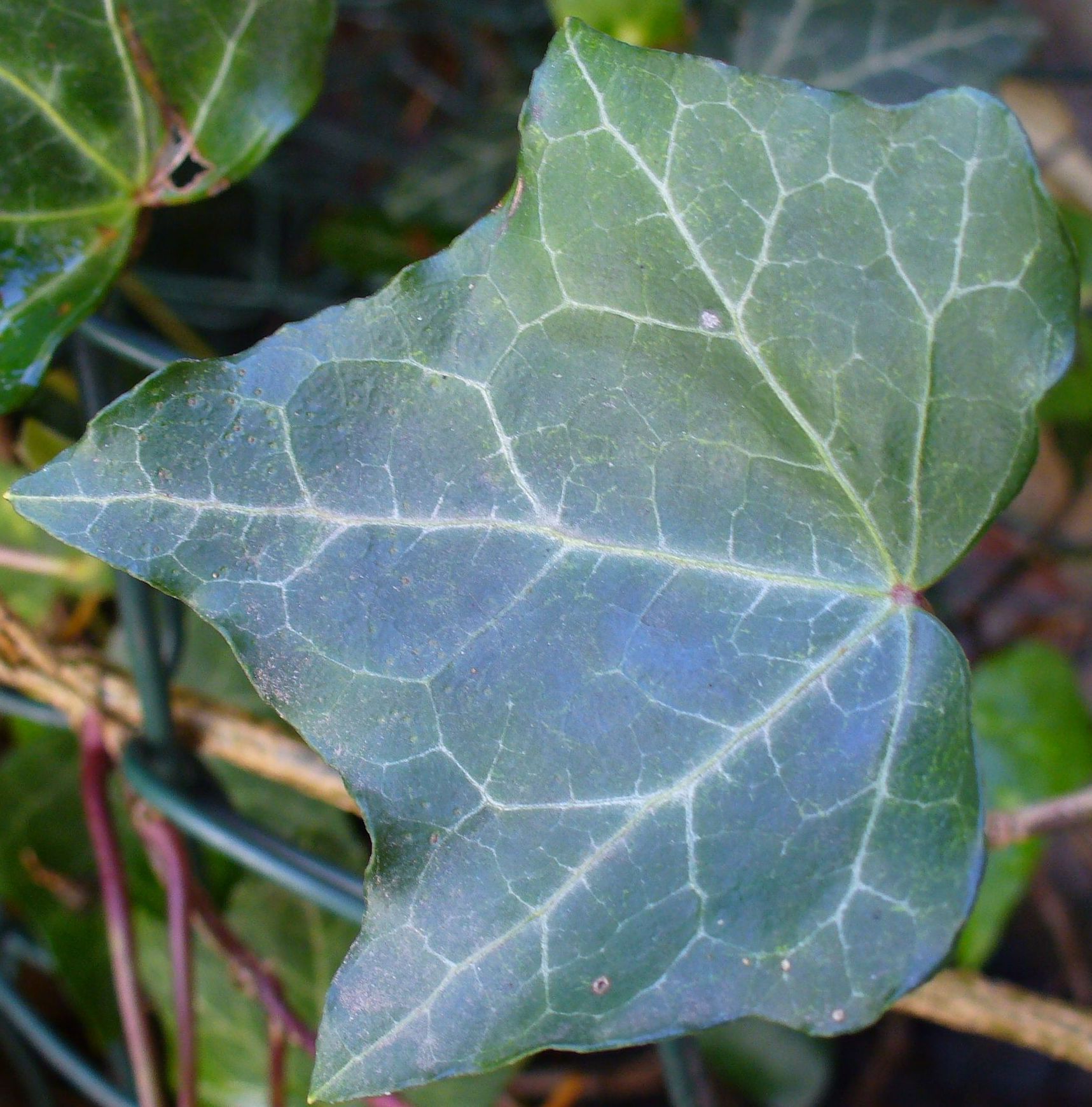
Leaves can also cause contact dermatitis in sensitive individuals. Leaves can be toxic to humans and cattle if ingested. On both growth forms, the leaves alternate along the vines and are up to 10 cm long. The leaves of mature ivy are ovate to diamond-shaped, unlobed or slightly lobed, darker green and more leathery. Juvenile leaves have 3-5 lobes and are slightly hairy. Both leaves are evergreen, leathery, and palmately shaped. The leaves come in two forms: juvenile and mature. These two species can also be differentiated through genetic testing. hibernica have been commonly sold as English ivy, but can be differentiated by leaf shape and tiny hairs on the young leaves. Identification and differentiation between the species are complicated because of there many cultivated varieties. The invasive plant commonly referred to as English ivy is actually comprised of both H. hibernica are listed as noxious weeds in Oregon. In Oregon, three Hedera species have been documented: English ivy ( H. English ivy has two distinct growth forms: a juvenile form, that is characterized by rapid clonal and vegetative growth, and a mature form characterized by flowering and berry production. English ivy also covers trees making them more susceptible to wind damage due to the additional weight of the ivy in the trees as well as the additional drag of the evergreen leafy vines. English ivy damages desirable vegetation by shading out and smothering plants. Native to Europe, these plants are characterized by long viny stems reaching up to 30 m in length, with aerial, clinging small roots. It has escaped cultivation to become highly invasive in forests and natural areas throughout the Pacific Northwest. It has historically been a common garden ornamental and has more than 400 cultivars. Noxious Weed Listing:Įnglish ivy is an evergreen climbing vine in the Araliaceae (Ginseng) family. Removal costs in some Oregon parks have reached $3000 per acre.
Hedera helix manual#
English ivy frequently becomes intertwined with forest shrubs creating difficulties for manual removal or herbicide use. It also can displace native vegetation on the forest floor. Rapid and massive vegetative growth of English ivy vines reaches to treetops and woody ornamentals. Urban forest and natural areas are especially impacted as a result of repeated reinfestation from garden escapees. Plants grown in moist soils with summer shade and winter sunlight will flourish. The areas most infested by English ivy are urban natural areas, disturbed forests, woodlands, and along stream corridors.

Both English ivy and Atlantic ivy have been commonly sold as English ivy, but can be differentiated by leaf shape and tiny hairs on the young leaves. Identification and differentiation between the species is complicated because there many cultivated varieties. The invasive plant commonly referred to as English ivy is actually comprised of both English ivy and Atlantic ivy. However, only English and Atlantic ivy are listed as noxious weeds in Oregon. Typically blooming during months when not in a purely vegetative state. This vine climbs into the canopy of mature trees and so can grow very high. English ivy also covers trees making them more susceptible to wind fall due to the additional weight of the ivy in the trees as well as the additional drag of the evergreen leafy vines. Native to Europe, these plants are characterized by long viny stems reaching up to 30 m in length, with aerial, clinging small root. English ivy is an evergreen climbing vine in the Araliaceae (Ginseng) family.


 0 kommentar(er)
0 kommentar(er)
